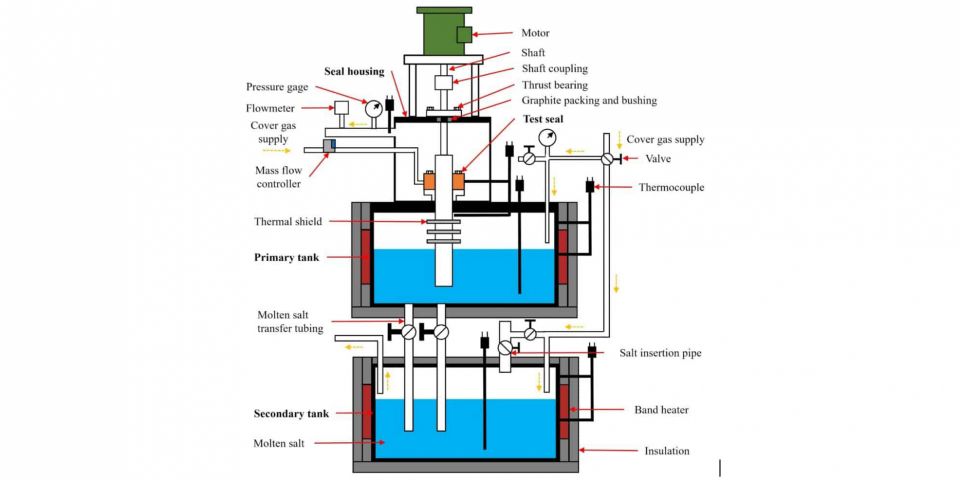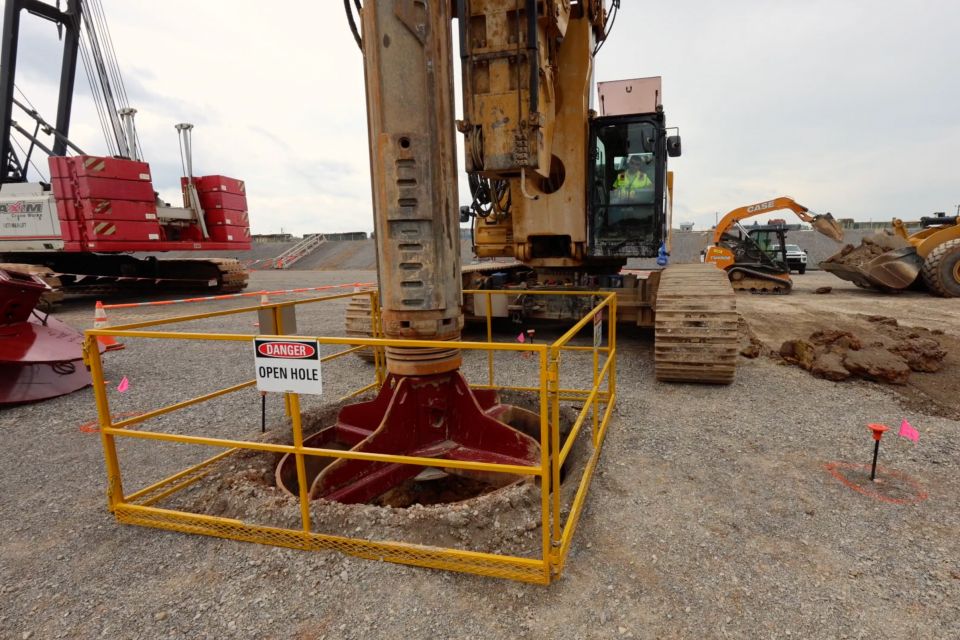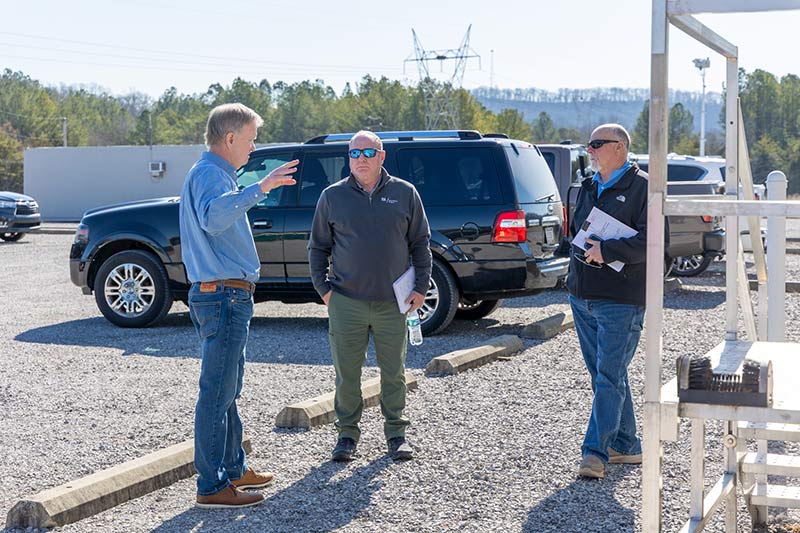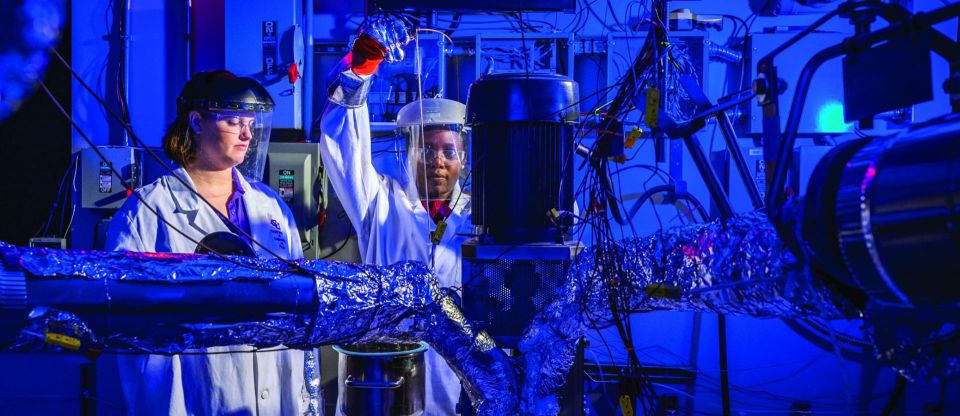The molten salt test loop at ACU’s NEXT Lab. (Photo: Jeremy Enlow/SteelShutter)
The Nuclear Regulatory Commission has announced that it will review a construction permit submitted by the Nuclear Energy eXperimental Testing (NEXT) Laboratory at Abilene Christian University for the lab’s planned molten salt research reactor (MSRR). The NRC informed Rusty Towell, director of the NEXT Lab and professor in ACU’s Department of Engineering and Physics, about its acceptance of the construction permit review in a November 18 letter. The NEXT Lab had submitted the construction permit application on August 15; it was the first-ever university application for an advanced research reactor. On October 14, they provided the NRC with additional information about instrumentation and controls. (Nuclear News featured an article about the NEXT Lab and the MSRR in the November issue.)
MSRR is an LFMSR: The NEXT Lab’s MSRR will be a 1-MW nonpower reactor that uses molten salt coolant with high-assay low-enriched uranium fuel dissolved in the salt. It will be used for research, as well as education, in molten salt technology, nuclear science, and engineering.
As a liquid-fueled molten salt reactor (LFMSR), the MSRR will help researchers demonstrate how these small advanced reactors can generate safe, reliable electricity with no carbon emissions and little waste—and at relatively low cost. These types of reactors also have enhanced safety features, as the low-pressure molten salt coolant negates concerns regarding the potential accidental escape of radioactivity from highly pressurized reactor vessels. In addition, most of the liquid fuel in LFMSRs gets used up in the nuclear reactions, so little spent fuel is left as waste.
Beyond the electricity-producing functions of LFMSRs, they can also generate industrial-scale heat that could be used for the desalinization of salt water, offering a solution for the shortage of fresh water that millions of people face around the world. Furthermore, LFMSRs can produce important medical radioisotopes, such as molybdenum-99 and bismuth-213, which are formed in the nuclear reactions inside the reactors. The NEXT Lab’s MSRR will be a major step toward turning all of these possibilities into realities.
Areas of focus in review: The NRC’s letter to Towell noted several technical topics “related to the MSRR application that will likely require increased focus by ACU and the NRC staff to ensure timely completion of the review”:
- Research and development programs necessary to confirm the adequacy of the MSRR design.
- Properties of graphite used in MSRR components.
- Potential corrosion and degradation mechanisms of metallic MSRR components.
- Use of effluent tanks in the fuel handling enclosure and how this may affect the proposed maximum hypothetical accident.
- Management and disposal of transuranic-contaminated low-level waste generated by the MSRR.
Next steps: The NRC estimated in its November 18 communication that it will complete and issue the Final Safety Evaluation Report for the MSRR construction by May 2024. The commission has promised to provide ACU with a review schedule containing key milestones and resource estimates for the review within 30 days of the issuance of that letter.
If the NRC issues the construction permit, construction of the MSRR might be completed sometime in 2025. ACU’s new Science and Engineering Research Center, on which construction began in 2021, is slated to house the advanced nuclear reactor. That building is expected to be completed by July 2023. The final step is for the NEXT Lab to submit an application for an operating license for the MSRR—and for the NRC to approve it.








